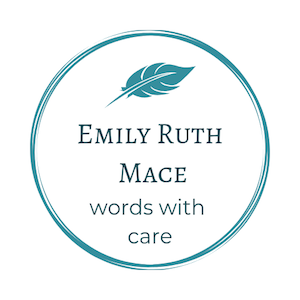The stories that stick with us — the ones that stay in our hearts through thick and thin — have something to say about who we believe ourselves to be. Recently, my husband and I have enrolled our two daughters in Jewish religious school. In these days of Jewish community center (JCC) bomb threats and desecrated Jewish cemeteries, we want to make good on our promise to each other that we’d raise them Jewish, with an interfaith inflection through Christmas.
Our eldest is learning stories from the Hebrew bible in her first-grade class: the other week, it was Joseph and his many-colored coat; last week, it was Esther, Mordecai, and Haman, from the story of Purim (as my husband says, another Jewish holiday where “they tried to kill us, we survived, let’s eat!”)
The stories I learned in childhood varied. Yes, Sunday school and children’s Bible stories were in the picture, and at one point, my dad tried to institute family bible reading. I don’t think we got past the “begats.” But those weren’t the stories that resonated most clearly around my home, or in my imagination.
The stories that stayed with me were those which inspired me with awe and wonder and put me in touch with a dimension of life that felt beyond the ordinary – the realm of ultimate concern breaking into the everyday. Aslan of Narnia. Madeleine L’Engle’s with the tesseract in A Wrinkle in Time. Stonehenge, and its many ancient, possible stories. Frodo and Aragorn in Tolkien’s Lord of the Rings. The musical Les Miserables. I could name the age I was at by the story or place or song which had captured in me a sense of what I didn’t yet dream could be called the divine.
Easter and Christmas inspired me through the drama of their liturgies, hymns, colors, foods, moods. I experienced them not so much as stories — tales found in books, movies, or plays, that come alive in the imagination or in play — but as events, perhaps. Mediated through holiday celebrated at home and liturgy experienced in church, the stories of the Christian drama occupied a different place in my imagination than the stories I learned in my wonderful books, curled up in a couch or chair at home.
Yes, I tried to ritualize the stories I learned while curled up on the couch. (Ask how many times I uttered the famous words from 2001: A Space Odyssey — “Open the pod bay doors, HAL” — before jumping into the pool, or what I named the characters in my space Lego set, or the stuffed lion which came to my life one Christmas after reading the Narnia series).
Eventually, began to wonder, “what does Aslan, or Aragorn, or even a tesseract, had to do with the divine?” By the time I was in seventh grade, I’d begun to explore seriously the idea that the feeling they evoked–which would burst in out of nowhere, in seemingly different places and contexts–might have something to do with God.
And yet, I wasn’t sure. It wasn’t church, after all, and therefore didn’t strike me as having anything to do with religion. There were hints, glimmers. I tried to ask my parents about this feeling too big for words. Once my mom asked me once if I thought it was a religious emotion, and I said “no.” At other times, I wrote in my journal (as if I were afraid of the possibilities), that it was the same feeling that I sometimes got in church.
My children see little tension, I would guess, between their American Girl dolls, or between Frozen‘s Anna and Elsa, and Mordecai, Esther, and Haman, the heroes and villain of Purim. I watch my girls talk, play, and imagine all of these in their daily lives over the past few weeks, and it seems that they’re all just stories, all vibrant, all alive, all possible sources of meaning, wonder and imagination.
Not all stories stick with us, though, and not all stories are immediately safe, or good. Just as my kids will learn more stories as they age, I’ve gathered new stories, kept many, discarded some – and I wonder about the ones I’ve discarded, or the ones that are no longer (if they ever were) safe.
Thinking about how these stories stick with us forms one of my approaches to Lent, one deeply inflected by the Jewish parts of my family, by the stories I still carry with me, and the stories I hope to live out in the future.



